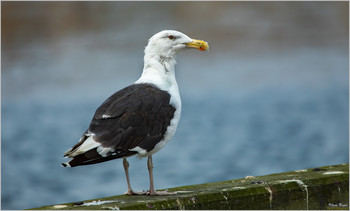
0
You have photos in your cartRemove all

|
|
Add to gallery
Make offer
Let the author know about your interest to this photo, and encourage him to mint it and list for sale. Also, the offer is not an obligation
Enter price
Wallet should be connected to make an offer
|

|
|
***
 |
|
|
|
||
|
|
This photo is not listed for sale, but you can make an offer
Let the author know about your interest to this photo, and encourage him to mint it and list for sale. Also, the offer is not an obligation
Your wallet should be connected to make an offer
***
Add to gallery
Featured in galleries
|
|

